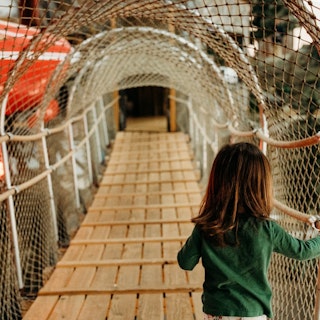
Detroit Auto Culture
The whole world knows it – Detroit is THE Motor City. From Henry Ford to…

Detroit Auto Culture
The whole world knows it – Detroit is THE Motor City. From Henry Ford to…

Live Music
Aside from being known as the Motor City, Detroit is also commonly known as Motown…

Cruises & Tours
Yacht cruises, pub crawls, home tours, bike rides and beyond. Set yourself up with hassle-free…

Family Fun
Bring the whole family to Detroit for an educational and fun vacation. Museums, zoos, parks…